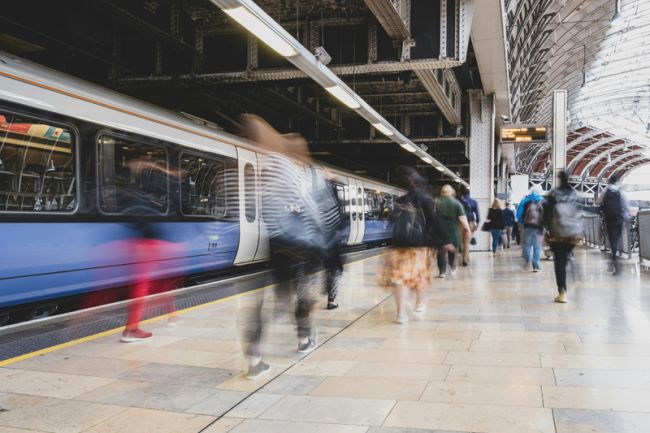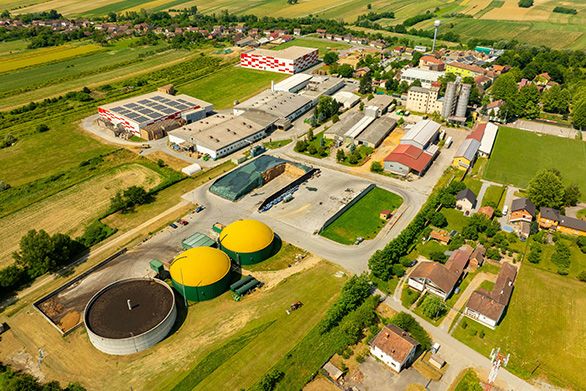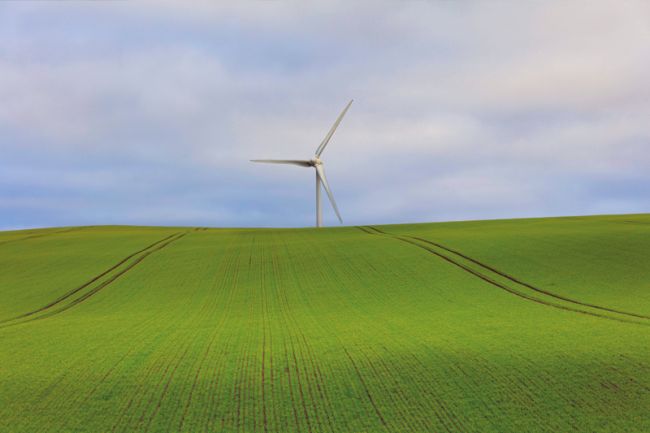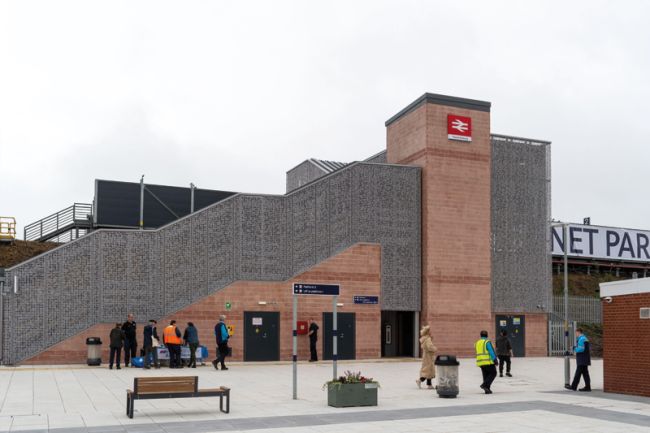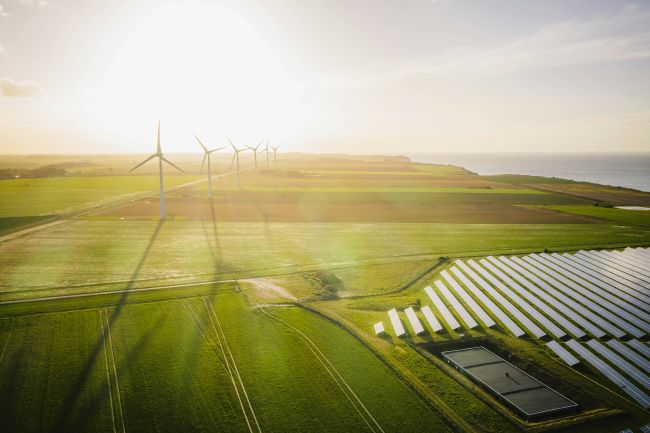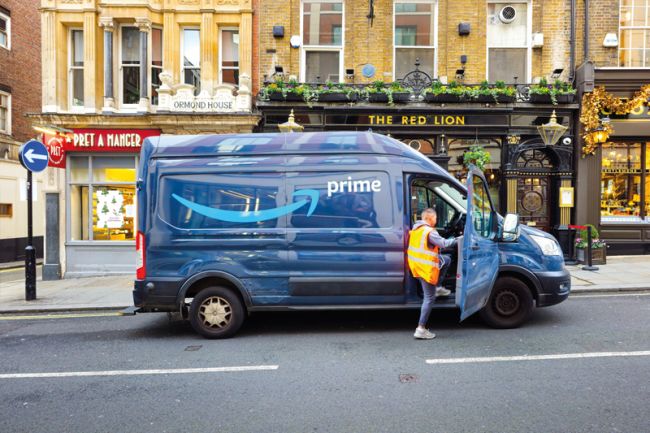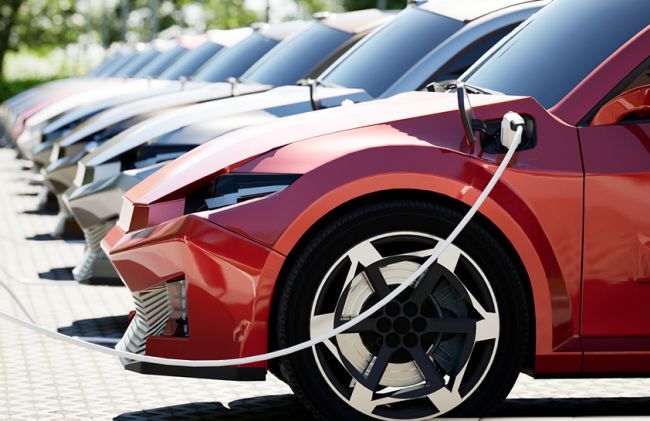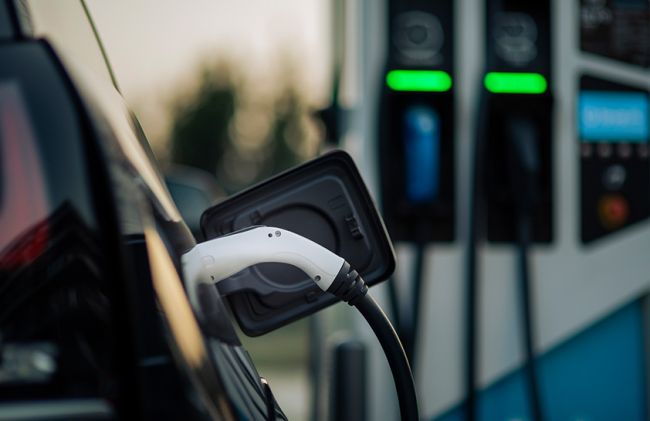Beyond the EV-Angelists
Most EV charging is done at home or at work, and on a daily or weekly basis; EV owners charge their vehicles while doing other things.
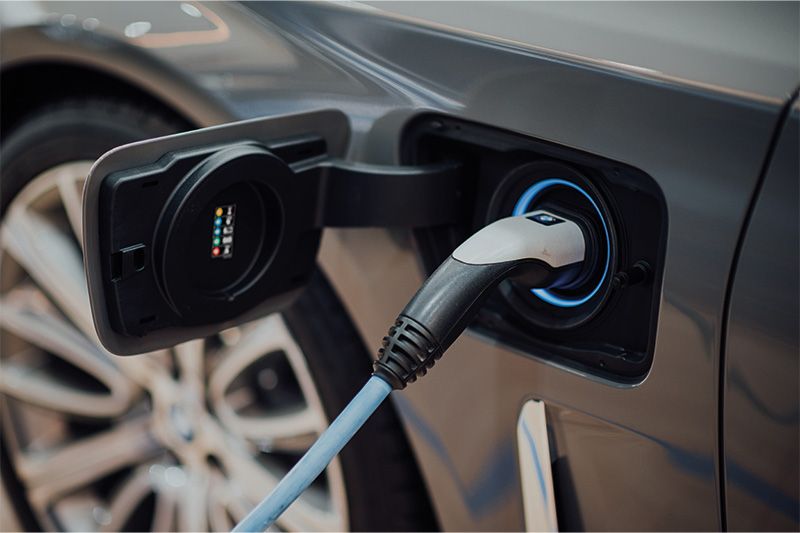
Most EV charging is done at home or at work, and on a daily or weekly basis; EV owners charge their vehicles while doing other things. DC Fast Chargers are critical for corridor and long-distance travel as they can provide 150 miles of range in 15-45 minutes versus 5-6 hours for a Level 2 charger. Even that 15- to 45-minute charge might seem slow, but you can be dining or shopping while your vehicle charges, something you can’t do while pumping gas. Check out our interactive map here to see where the public DC Fast Chargers are across the U.S. or explore this story map.
This infrastructure will be expanding now that the Bipartisan Infrastructure Law of 2021 (BIL) authorized $91 billion in guaranteed funding, potentially adding another $17 billion ($108 billion total) to support public transportation programs. The BIL's small but critical element is $7.5 billion for the National Electric Vehicle Infrastructure (NEVI) Program. $5 billion will be allocated to states to build out EV infrastructure along designated Alternative Fuel corridors through the National Electric Vehicle Infrastructure (NEVI) Formula Program, with another $2.5 billion for two discretionary programs split between corridor charging ($1.25 billion) and community charging ($1.25 billion). The goal is to build a nationwide network of 500,000 EV chargers by 2030. We currently have only 6,412 DC Fast Charging stations with less than 25,000 EV ports across the US, so NEVI aims to grow that by 20 times!
State plans for the formula program were submitted on August 1, 2022, to the Federal Highway Administration (FHWA), with an ambitious goal to certify those plans by September of 2022. If all goes according to plan, states may begin procurement by October of 2023.
The NEVI program delegates significant planning and decision-making to the states. While this will help in some aspects of the roll-out, it will also create a patchwork of processes across the county. FHWA is providing oversight on the technical side that should ensure compatibility across the final US charging network. However, whether or not these state plans provide an equitable and fair distribution of charging locations will depend on these varied state and local processes. It also raises concerns about whether states and localities can provide equitable access to these public dollars' training and employment opportunities. If the past is any guide, it will take coordinated local efforts to make that happen.
So what can you do?
Review your state plan.
They were submitted to FHWA on Aug 1, 2022.
Find the public engagement contactskey local stakeholders know these plans and the state program.
and ensure that
Build a coalition to apply for discretionary funding
, especially the community charging program to ensure that the jobs and opportunities reach those most in need.
Is your community EV ready? Our Road to Electric Vehicle Readiness Assessment considers four areas communities should prepare for to realize the full benefits of an EV future. Get in touch to find out more about our assessment and planning capabilities.
